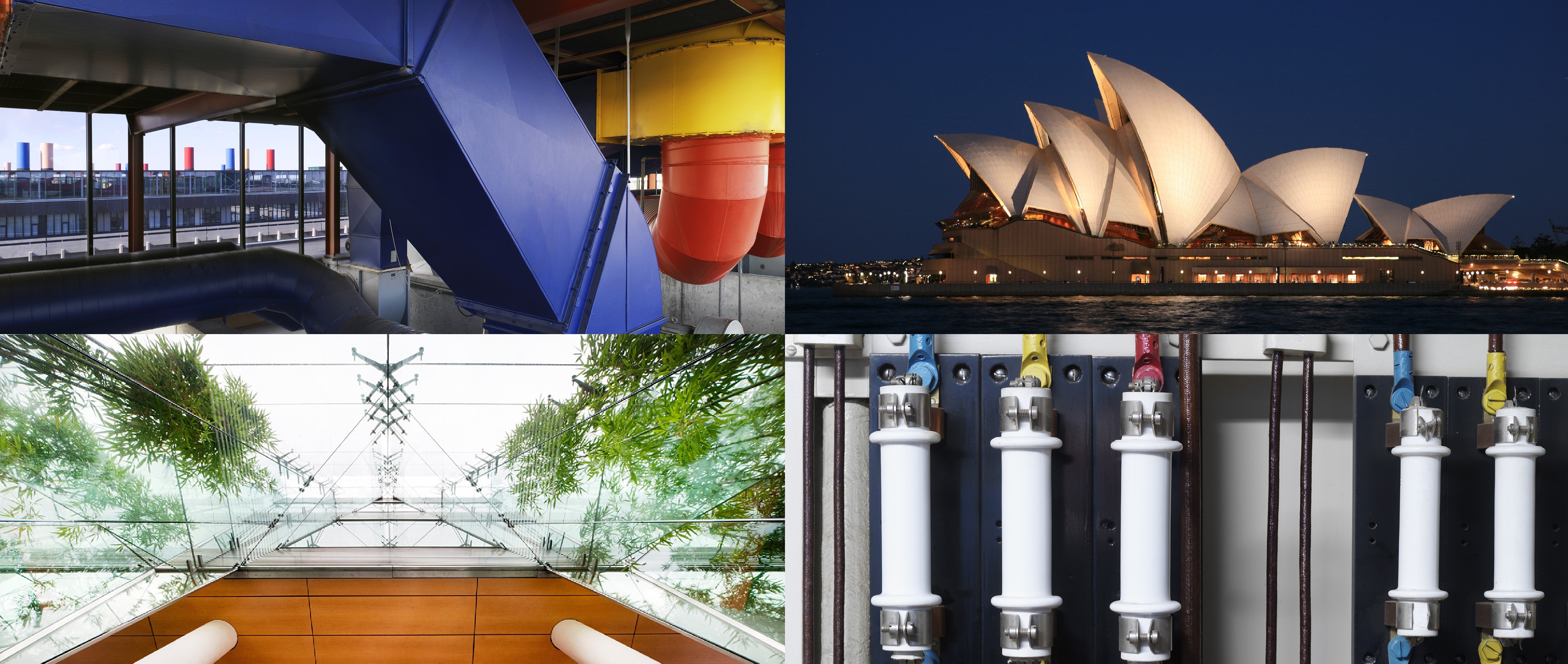

Steensen Varming

New South Wales, Australia
May 2022
Architecture design & planning
Service with Minor Environmental Footprint
Australia,
Denmark,
Hong Kong S.A.R.,
United Kingdom,
United States
Steensen Varming has an innovative and collaborative approach to design that considers the broader social and environmental aspects of our work. As practitioners and advisors in mechanical and electrical engineering, lighting and sustainable design we offer a portfolio of specialist services, integrated solutions and high levels of expertise which spans strategy, design and engineering, supported by a long tradition of collaboration and creative dialogue. We focus eco-centric rather than ego-centric principles in improving physiology, functionality and environmental performance as essential, positive elements of architecture, human experience and the wider built environment. We are committed to creating ‘positive environments’, and continuously improving our practices to the benefit of the local and global environment and communities. We are proud to lead by example and consider environmental and social issues to be essential to a responsible business. We exclusively support projects that provide benefit to, and advance society rather than those that irresponsibly exploit others or the environment.
Overall B Impact Score
Governance 15.5
Governance evaluates a company's overall mission, engagement around its social/environmental impact, ethics, and transparency. This section also evaluates the ability of a company to protect their mission and formally consider stakeholders in decision making through their corporate structure (e.g. benefit corporation) or corporate governing documents.
What is this? A company with an Impact Business Model is intentionally designed to create a specific positive outcome for one of its stakeholders - such as workers, community, environment, or customers.
Workers 31.5
Workers evaluates a company’s contributions to its employees’ financial security, health & safety, wellness, career development, and engagement & satisfaction. In addition, this section recognizes business models designed to benefit workers, such as companies that are at least 40% owned by non-executive employees and those that have workforce development programs to support individuals with barriers to employment.
Community 17.2
Community evaluates a company’s engagement with and impact on the communities in which it operates, hires from, and sources from. Topics include diversity, equity & inclusion, economic impact, civic engagement, charitable giving, and supply chain management. In addition, this section recognizes business models that are designed to address specific community-oriented problems, such as poverty alleviation through fair trade sourcing or distribution via microenterprises, producer cooperative models, locally focused economic development, and formal charitable giving commitments.
Environment 35.9
Environment evaluates a company’s overall environmental management practices as well as its impact on the air, climate, water, land, and biodiversity. This includes the direct impact of a company’s operations and, when applicable its supply chain and distribution channels. This section also recognizes companies with environmentally innovative production processes and those that sell products or services that have a positive environmental impact. Some examples might include products and services that create renewable energy, reduce consumption or waste, conserve land or wildlife, provide less toxic alternatives to the market, or educate people about environmental problems.
What is this? A company with an Impact Business Model is intentionally designed to create a specific positive outcome for one of its stakeholders - such as workers, community, environment, or customers.
Customers 4.2
Customers evaluates a company’s stewardship of its customers through the quality of its products and services, ethical marketing, data privacy and security, and feedback channels. In addition, this section recognizes products or services that are designed to address a particular social problem for or through its customers, such as health or educational products, arts & media products, serving underserved customers/clients, and services that improve the social impact of other businesses or organizations.